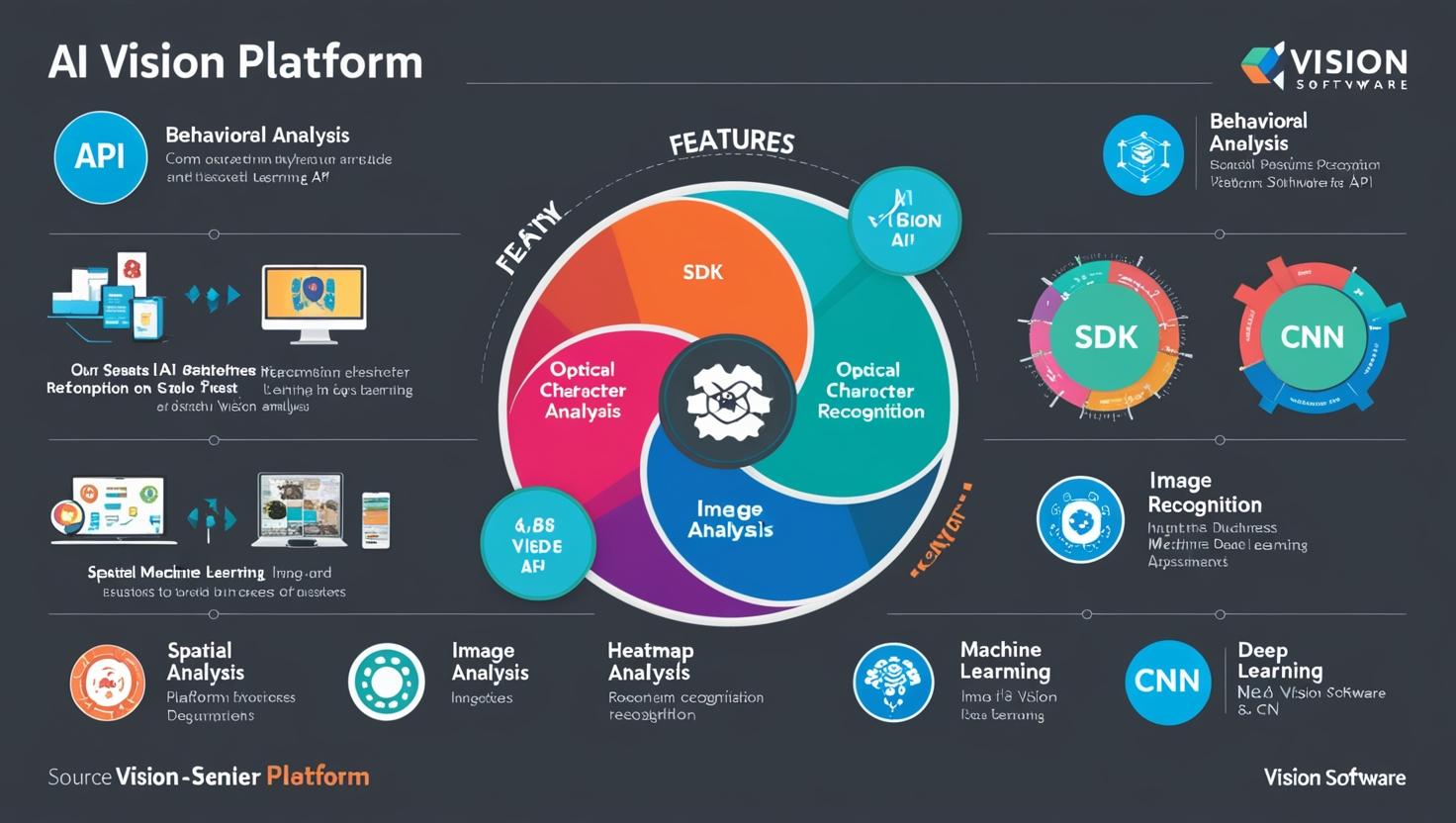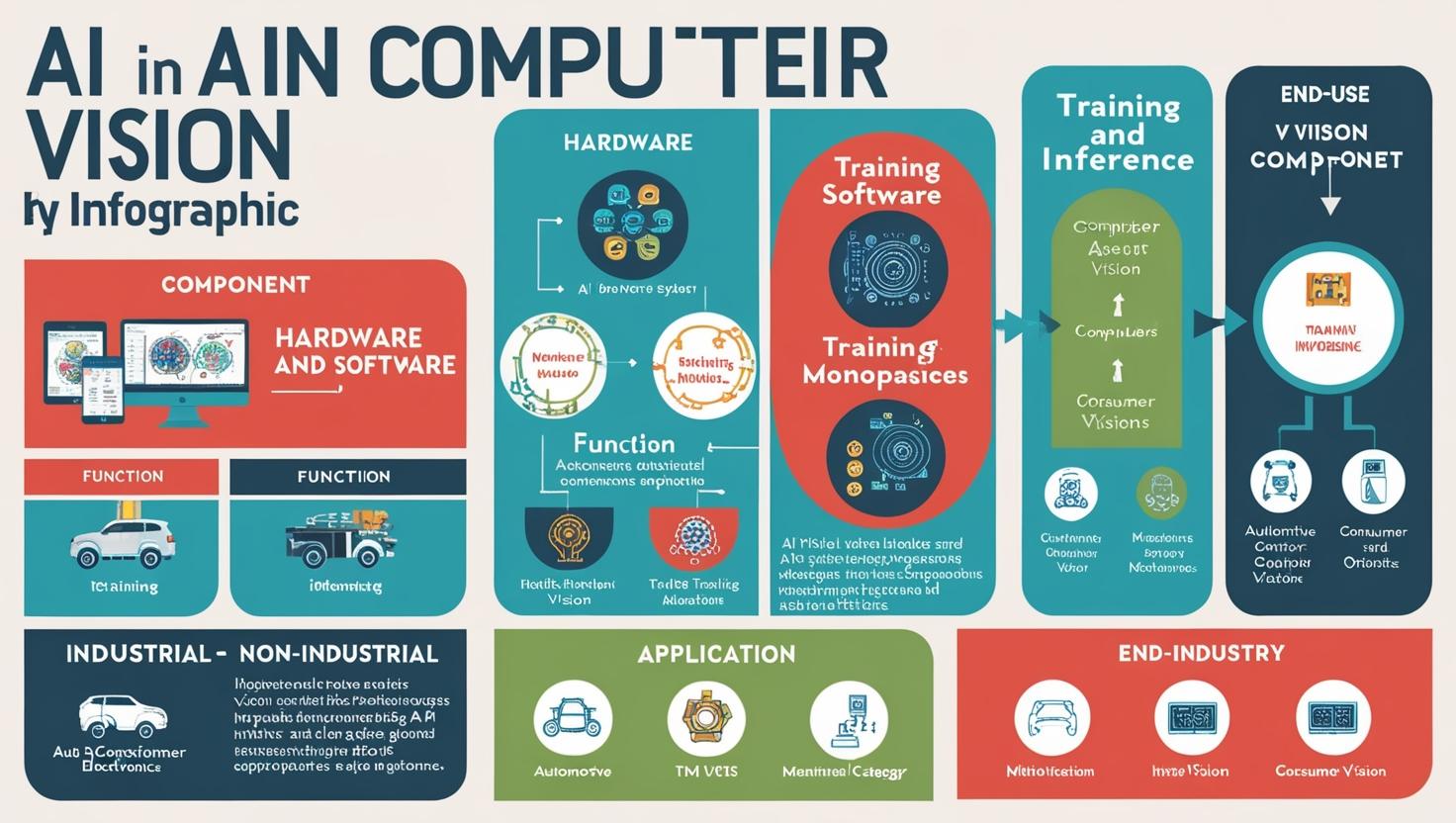The retail industry is undergoing a profound transformation as technology continues to advance at an unprecedented pace. One of the most exciting innovations driving this transformation is AI-powered computer vision. By leveraging advanced image recognition capabilities, this cutting-edge technology is reshaping how retailers interact with customers, optimize operations, and deliver personalized shopping experiences.
AI-powered computer vision enables systems to interpret, analyze, and understand visual data, mimicking the way humans perceive the world. For retailers, this means the ability to track customer behavior, manage inventory, and streamline operations in real time, all while delivering a more personalized and efficient shopping experience.
What is AI-Powered Computer Vision in Retail?
AI-powered computer vision refers to the integration of artificial intelligence with camera systems to analyze and interpret visual data. Using machine learning and deep learning algorithms, AI systems can recognize objects, people, and even emotional cues through images and videos. In retail, these systems can be used to track customer movements, analyze product displays, and even predict buying behavior.
Smart image recognition goes beyond simple object identification. It enables the system to understand context, interact with customers, and make real-time decisions based on visual input. This technology is applied in various retail scenarios, from enhancing store layouts to offering personalized recommendations.
How AI-Powered Computer Vision is Enhancing Retail Experiences
1. Personalized Shopping Experiences
AI-powered computer vision can provide a more personalized shopping experience by analyzing customer behavior and preferences in real time. By tracking the products customers interact with, how long they spend in specific sections, and their overall movement through the store, retailers can create customized recommendations and offers. This not only enhances the shopping experience but also increases conversion rates and customer loyalty.
For example, when a customer picks up a product, the system can automatically display similar or complementary items on nearby digital screens or through mobile apps, encouraging additional purchases. By offering a personalized shopping experience, AI-powered computer vision helps build stronger connections between retailers and their customers.
2. Automated Checkout Systems
One of the most exciting applications of AI-powered computer vision in retail is the implementation of automated checkout systems. Traditional checkout processes can be time-consuming and inefficient, often leading to long lines and frustrated customers. With AI-powered computer vision, retailers can create checkout-free shopping experiences.
Using image recognition technology, the system automatically identifies items in a customer’s cart without the need for barcode scanning. This process allows customers to simply walk out of the store once they’ve finished shopping, with the system automatically charging them for the items they’ve taken. This increases efficiency, enhances the customer experience, and reduces the need for human cashiers.
Download PDF Brochure @
https://www.marketsandmarkets.com/pdfdownloadNew.asp?id=141658064

3. Inventory Management and Stock Tracking
AI-powered computer vision is transforming inventory management by automating the process of stock tracking. Traditional inventory checks are often time-consuming and error-prone, relying heavily on manual input. However, with AI, retailers can automate the entire process. Smart cameras and image recognition algorithms can track stock levels, identify products on shelves, and detect any discrepancies in real time.
If an item is running low, the system can send an alert to the store manager or automatically reorder stock from suppliers. This reduces the likelihood of stockouts, ensures that popular items are always available, and helps optimize the store layout for maximum sales.
4. Visual Search and Product Discovery
Another way AI-powered computer vision is enhancing the retail experience is through visual search capabilities. This allows customers to find products they are interested in by simply taking a photo of an item or uploading an image to a retailer’s website or app. The system then analyzes the image and returns a list of similar or identical products available for purchase.
This technology is particularly useful for fashion, home decor, and beauty retailers, where visual aesthetics play a significant role in customer decisions. Visual search allows customers to quickly find products that match their tastes without needing to search through a broad catalog of items. By making product discovery faster and easier, AI-powered computer vision helps drive sales and increase customer satisfaction.
5. In-Store Analytics and Customer Insights
AI-powered computer vision is a valuable tool for collecting data on customer behavior and preferences. Retailers can track how customers interact with products, the time spent in different areas of the store, and the frequency of visits to specific sections. This information can be used to improve store layouts, optimize product placements, and create targeted marketing campaigns.
Additionally, AI-powered computer vision can provide insights into customer demographics, such as age, gender, and even emotional reactions. By analyzing these factors, retailers can better understand their customer base and tailor their offerings to meet their needs.
6. Enhanced Security and Loss Prevention
In addition to improving the shopping experience, AI-powered computer vision also plays a critical role in loss prevention and store security. Advanced image recognition technology can monitor store entrances and exits, detect suspicious behavior, and alert security personnel in real time.
The system can also identify if items are being placed into bags without being properly scanned, reducing the risk of theft and fraud. By automating security measures, retailers can ensure a safer shopping environment for both customers and staff.

Challenges of Implementing AI-Powered Computer Vision in Retail
While AI-powered computer vision offers a host of benefits for retailers, there are also challenges to consider. One of the primary concerns is data privacy. Since computer vision systems often track customer movements and behaviors, it is crucial for retailers to ensure that they are complying with data protection regulations such as the GDPR in Europe.
Another challenge is the high initial investment required to implement AI-powered systems. While the long-term benefits are significant, the initial setup costs for advanced camera systems and AI algorithms can be substantial for smaller retailers.
Additionally, accuracy remains a challenge, especially in crowded retail environments. Computer vision systems need to be highly precise to ensure that products are accurately identified, and customer behavior is correctly analyzed.
The Future of AI-Powered Computer Vision in Retail
The future of AI-powered computer vision in retail is incredibly promising. As the technology continues to evolve, we can expect even more innovative applications, including augmented reality (AR) features that enhance the in-store experience and voice-assisted shopping that integrates with visual data to streamline customer interaction.
Moreover, as AI algorithms become more sophisticated, retailers will gain even deeper insights into consumer behavior and preferences, allowing for hyper-personalization and more dynamic customer experiences.
AI-powered computer vision is reshaping the retail landscape, offering powerful solutions for personalized experiences, inventory management, automated checkout, and enhanced security. By embracing this transformative technology, retailers can stay ahead of the competition, improve operational efficiency, and deliver better customer experiences. As the technology continues to evolve, we can expect even greater innovations that will define the future of retail.
